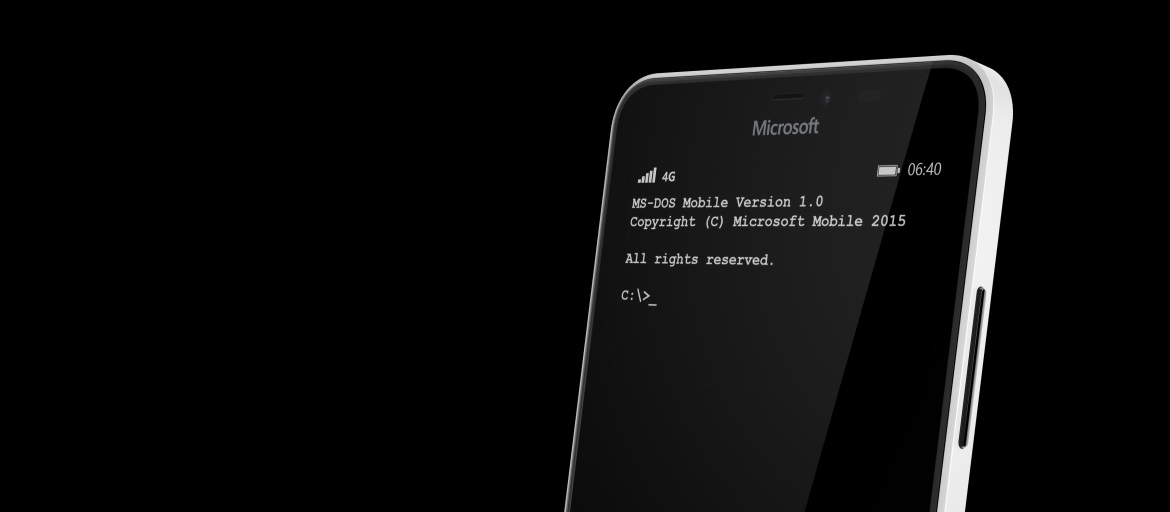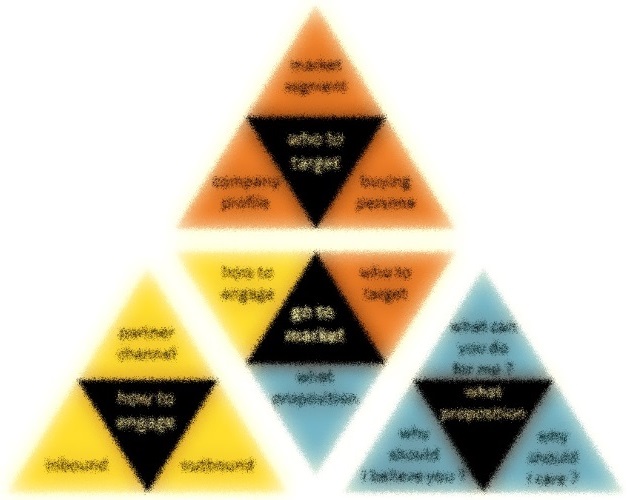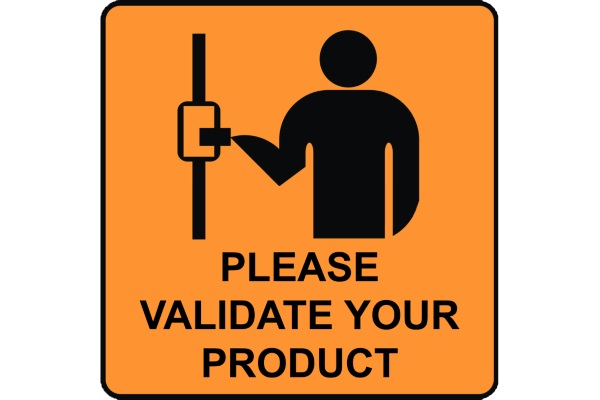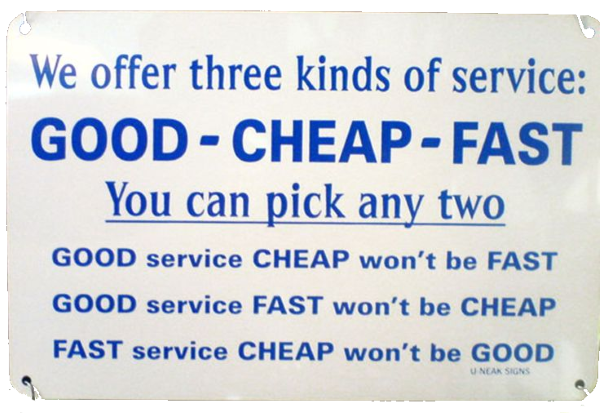 /wp-content/uploads/2017/05/cash-1170.jpg
585
1170
hbaumhardt
/wp-content/uploads/2017/02/HJB-Logo-blue-340.png
hbaumhardt2017-05-18 12:00:022023-10-24 13:00:37Starting something is easy, the first 10 paying customers are tough
/wp-content/uploads/2017/05/cash-1170.jpg
585
1170
hbaumhardt
/wp-content/uploads/2017/02/HJB-Logo-blue-340.png
hbaumhardt2017-05-18 12:00:022023-10-24 13:00:37Starting something is easy, the first 10 paying customers are toughart used with thanks to @bryanMMathers
So what, and why should I care about your startup proposition ?
the right message for the right market, align your proposition offer to a market that cares
by Hans Baumhardt | 04 April 2017
A heap of great advice is regularly published on proposition messaging for copy and content, but it often lacks context or boundaries. Early startup and mainstream scaleup markets have different proposition and messaging needs.
Working with early stage teams to structure complex b2b value propositions and market messaging for demand, I often have to deal with the latest unbounded marketing advice in the feed. Each of these statements has some relevance, but which is best for the audience and market we are targeting now ?
We must start with …
… what we do, for baseline clarity
… why, because Sinek says so
… benefits to the user
… user needs or problem statement
… pains and gains
… differentiating USP
… so what, and why they should care
… a credible reference story
… who we are, emotional connections
Technology adoption life cycle
The target market that needs your solution with personas, jobs-to-be-done (or however you frame the audience) will have a series of adopters with different proposition and messaging needs. Best described in the Technology adoption life cycle model, elaborated for tech marketing in Crossing the Chasm.
Startups validate in the early market before the chasm of disruption, which aligns around product : market fit. From the chasm it’s a mainstream market of scale up optimisation.
“Do you have references, has anyone done this before ?”
Is the killer question that the early market doesn’t care about. The mainstream market must ask by definition, as they are conservatives who don’t actually want your innovative new product. Really. Even with fantastic benefits upside, the risk of unproven disruption is just too great for them.
I have dealt with this question many times on early market engagements, when a mainstream buyer we aren’t ready for comes inbound. Having worked all sorts of cunning plans and Mafia offers, I have yet to find an ethical alternative to the assurance of credible references they crave to close.
For sales pipeline that’s a bad revenue lead. From a product perspective it’s a fantastic opportunity to test mainstream market requirements against the spiral of early adopter feature requests:
“Would this solution meet your needs, if we had references ?”
Early market
The first markets for a new product are innovator enthusiasts and early adopter visionaries who have a high tolerance for risk. They want to be first with the latest unreferenced product, but need to share a vision and make emotional connections. Their psychological motivators are new information to maintain knowledge leadership (a Tipping Point Maven), risk taking novelty, and status to avoid the fear of missing out.
We don’t sell to the introductory markets, rather educate and evangelise to facilitate their adoption. They will already understand the problem so don’t need or want a stack of prepacked benefits, just tell them what you do and they will figure out the benefits, use cases and value to generate initial references.
For the small pool of innovators the message can be a simple WHAT you do as they will recognise the problem, but for early adopters the desire for vision and emotion is perfectly served with the more elegant Start with Why golden circle approach.
A worked example from a recent market validation project:
Why the business exists: “We believe that data science will simplify business change.”
How the business delivers: “We created the Transformation Science™ data analytics platform with patented predictive algorithms that iterate large quantities of organisation information, automatically finding the best fit change model for your business.”
What the business does to deliver: “Our Strategy-Execution solution enables a leadership team to define, track and manage delivery of their strategy across the entire organisation. Business outcomes are delivered faster and more predictably than traditional consulting methods.”
Embrace with an attention grabbing headline, extend with mission relevant copy and you have some useful content. These early market engagements will validate the outcome benefits and generate supporting logo references to help cross the chasm to the mainstream market.
Mainstream market
Mainstream starts with the early majority who are pragmatists, wanting to understand the problems you can solve for them and benefits or outcomes of your solution, with the assurance of credible references. As seen on TV. The order of messaging depends on the mission and medium, but the typical starting point is:
What can you do for me: factual proposition of the needs we meet, problems we fix (pain) or new capability enabled (gain).
“If your organisation suffers Strategy-Execution challenges described in the HBR article Why strategy-execution unravels, our solution addresses the three challenges of poorly formulated plans, misapplied resources and unclear accountability for results.”
Why I should care: the benefits and our unique selling point for differentiation (better, faster, cheaper).
“The Strategy-Execution solution enables a leadership team to define, track and manage responsibility for strategy delivery across the entire organisation. Business outcomes are delivered faster and more predictably than traditional consulting methods.”
Why should I believe you: reference stories, testimonials and our credibility that create an emotional connection.
“Fortune Global 500 organisations including X and Y have used our Strategy-Execution software solution to successfully deliver their corporate strategy across multiple US$ billion divisions”.
Since the mainstream market cares more about the specifics of problem-solution and risk mitigating references, the Start with Why golden circle vision migrates from product to the overall brand messaging.
Direct to mainstream
If your proposition optimises an existing category (better, faster, cheaper) it is apparently possible to fast-follow and piggyback on another’s proposition, bypassing the early market to get straight at mainstream.
Tactical piggybacking for marketing campaigns is fine, but I have never experienced this me-too success at a product level in a complex or competitive market. Let me know if you have managed to sell b2b mainstream without your own references.
Don’t tell me you’re funny, make me laugh
story + action
For specific actionable guidance, refer to Steve Blank‘s article Everything You Ever Wanted to Know about Marketing Communications which is practically perfect in every way (and spookley published on the same day as this article).
This article is visualised on Slideshare and available as a PDF
First published by the author on hjbconsulting.uk

















